“Values of living can never be taught, they are always caught”. Thus the curriculum, pedagogy and environment must ensure that these living values are absorbed by the students by every aspect of their education. At VidyaKshetra, we follow certain pedagogical principles which help us towards whole and holistic learning process:
At Vidyakshetra we expose children to primary professions such as agriculture, weaving, pottery, house building etc. This goes a long way in developing self-reliance and self-confidence in children.
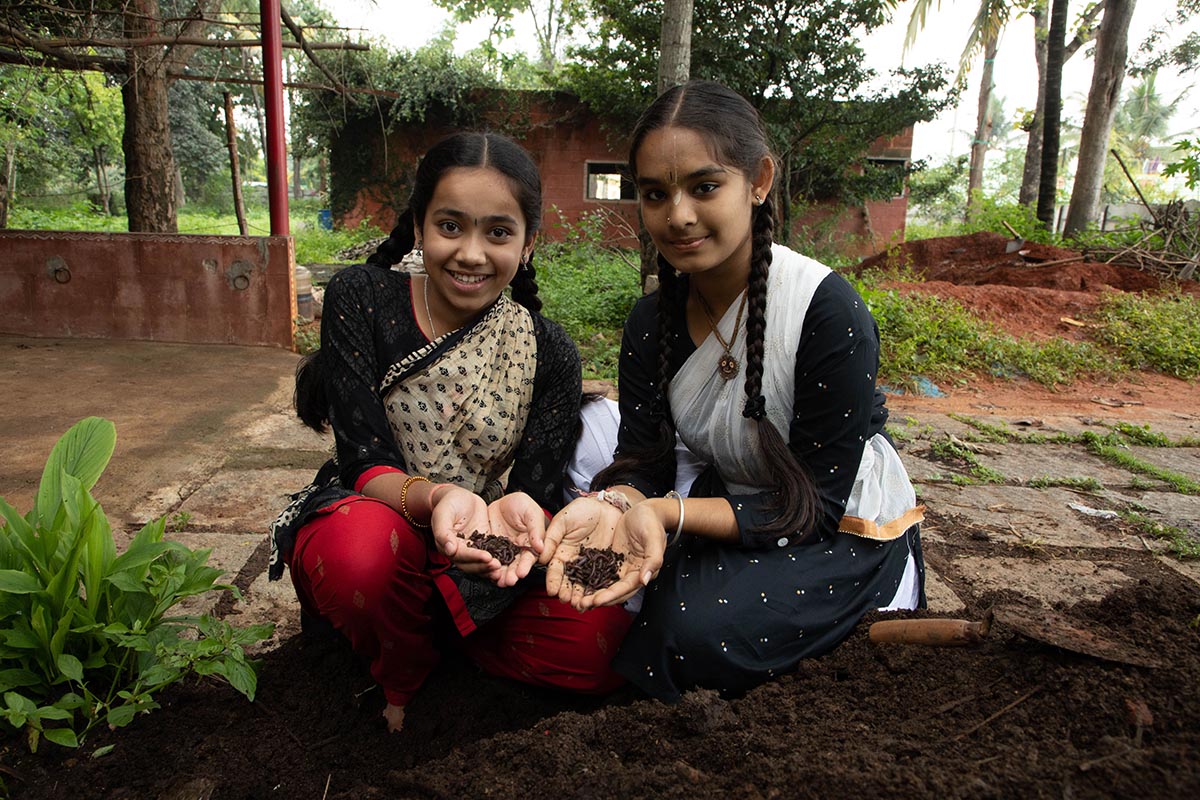
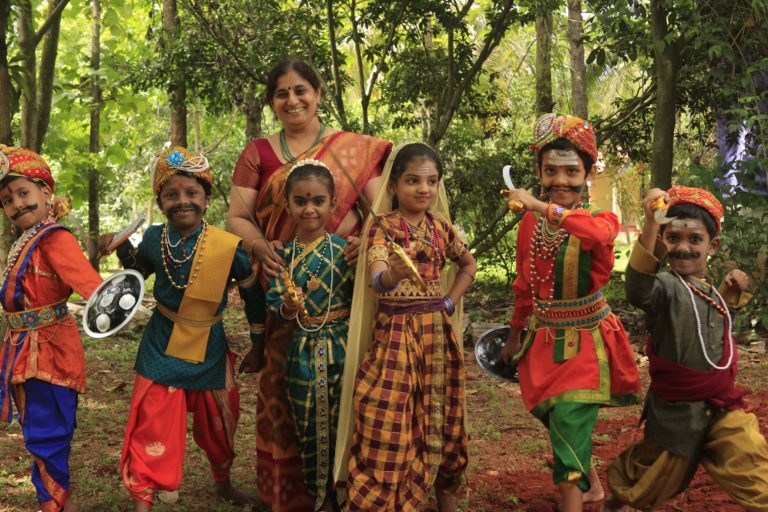
Indian Geography and Indian history, its heroes, its culture, its various kalas, different languages, monuments – ‘Sanskrit’ and ‘Samskriti’ helps strengthen the ‘sense of belongingness’ and instills a deep sense of pride for the motherland in children.
Different children learn and deal with the world in a very different way. Some learn through their heart (feeling) and some through their hands, while others learn through their head. Today’s examination system assumes that all the children learn through their head or intellectually. Other children who are more heart or feeling lead and the ones who are more driven by strong will or their hands, are labeled as failures or laggards. Even the intellectual ones hardly get to learn at conceptual level. They just pass the exams, mostly cramming up the subject or blindly following the procedure to solve or answer questions. Besides the head centered learning, from childhood children are subjected to an examination or grade centered system, which creates a pressure on the child to compete and perform.
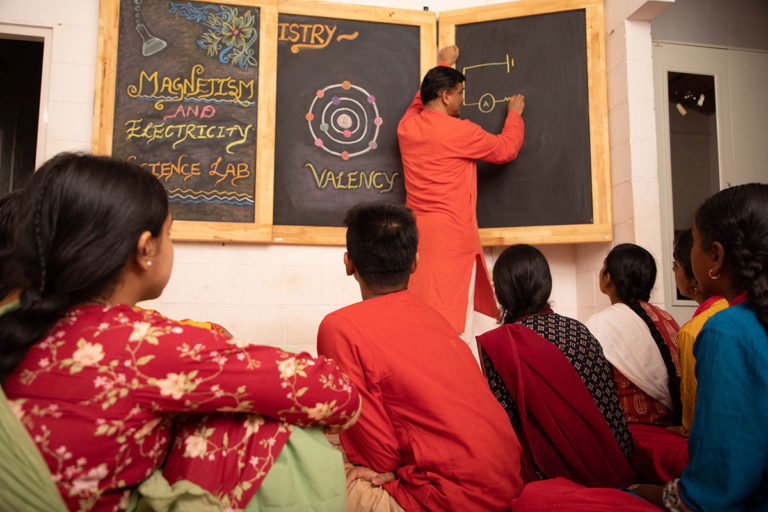
Thus children devise different methods of passing exams rather than learning the subject matter. 20+years of this shallow, exam centered approach destroys the learning aptitude in our children and cripples them as they are seldom able to think deeply or see things in connection with each other.At VidyaKshetra we have no marked/graded assessments until the age of 14years. There are mid-term and annual reports held between the class teacher and parents. This report is a detailed assessment of the child done by all the teachers teaching the student. The framework of this assessment is based on panchkoshas (traditional Indian education method used over thousands of years prior to Macaulay). Academic subjects are also a part of the assessment. There are other subjects/parameters on which the child is assessed too- such as music (vocal, tabla, flute), painting, bharatanatyam, theater, agriculture, kalari, house building, stitching; on abilities such as- social, emotional, behavioral, learning ability, ability to stay happy etc; on virtues such as patience,helpfulness, truthfulness; on aspects such as fears, play, sleep, eating habits etc. Please see other details about panchakoshas in “VidyaKshetra vision section” (Link).
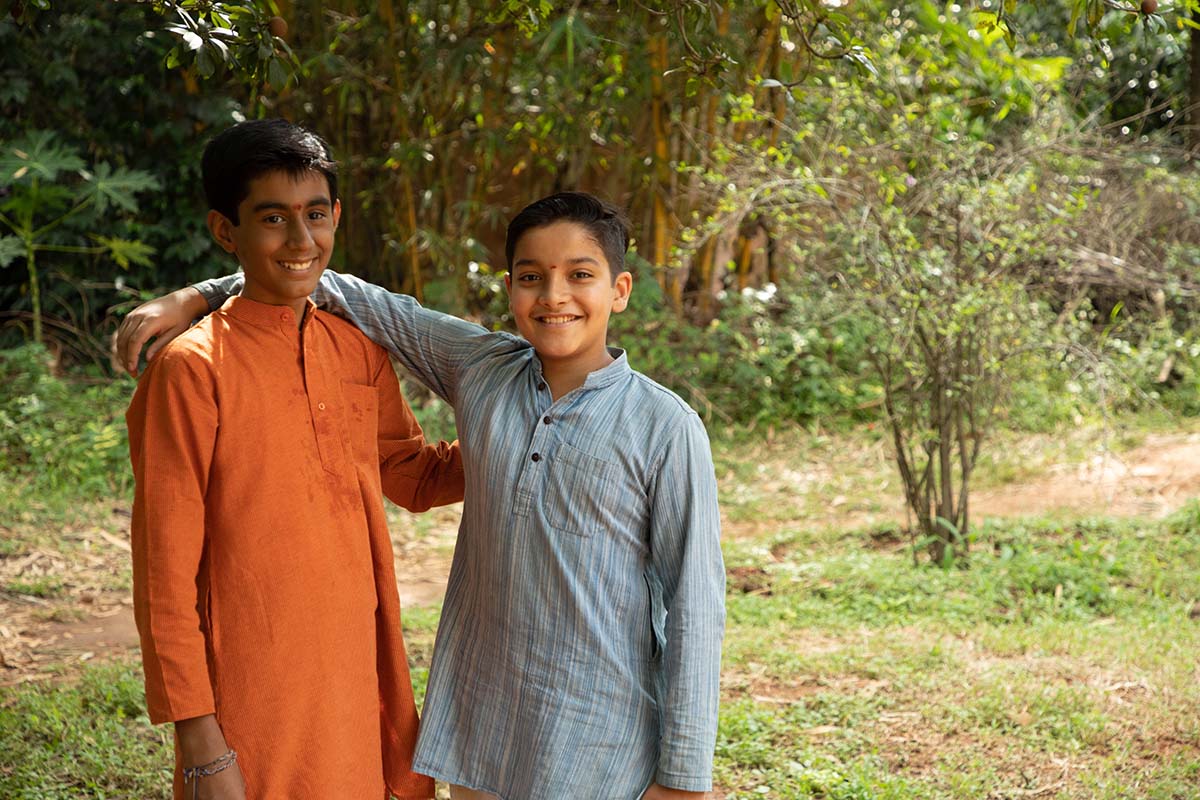
One should learn to compete with oneself and not with others is a principle we follow in our learning journey at VidyaKshetra. This ensures continuous improvement for each student. Teachers are responsible to ensure that no complacency sets in the child and it works with the children for purposeful learning.
Asking a child to cram (subjects not meant to be crammed) something he has not understood builds fear in the child. Also the learning is limited and shallow. It is akin to asking a child who can jump a meter to jump 5 meters, which is impossible for him. Such a demand on the child gives rise to lack of confidence and fear in the child. Children should be subjected to a little stretch beyond their abilities and we should gradually enable them to do more.
Our curriculum and pedagogy at VidyaKshetra is designed in a way to give the child connected experience. The previous concept leads to the next, the connections are drawn between the subject, the society, the environment and its application aspects. This method of education gives children a lot of confidence and builds in them eagerness to learn.
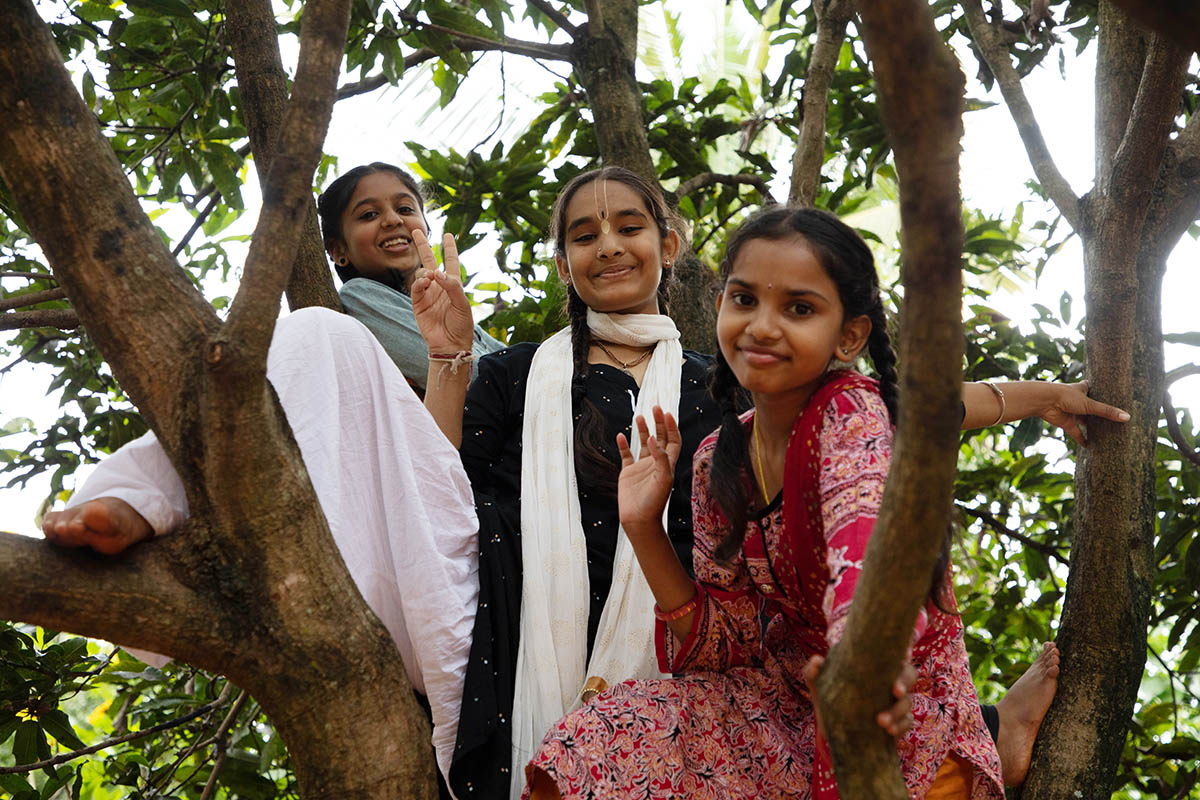
Example: In math we first do four processes with objects. Adding or subtracting pebbles, vegetables etc. Then we do four processes in images & numbers and subsequently with numbers alone. Same approach is used when we do four processes in fractions.
Another example is our curriculum of science. In grade 4 equivalent we study how the creation has taken place as per Srimad Bhagavatam including creation of time, mountains, plants, animals, humans etc. In subsequent years we work with children to understand their senses and to improve their ज्ञान-इन्द्रियाँ and कर्मइन्द्रियाँ (senses). Subsequently we study what is special with humans in their will, feeling and thinking abilities and how to engage these possibilities in service towards the environment and mankind. From self we move to animals (as living beings they are closest to man). Subsequent years we do the study of plants and then study of rocks and minerals.
To read through another example, please go to vision(insert link), panchkosha(insert link), vigyanmaya kosha(insert link) section about geography curriculum and methodology.
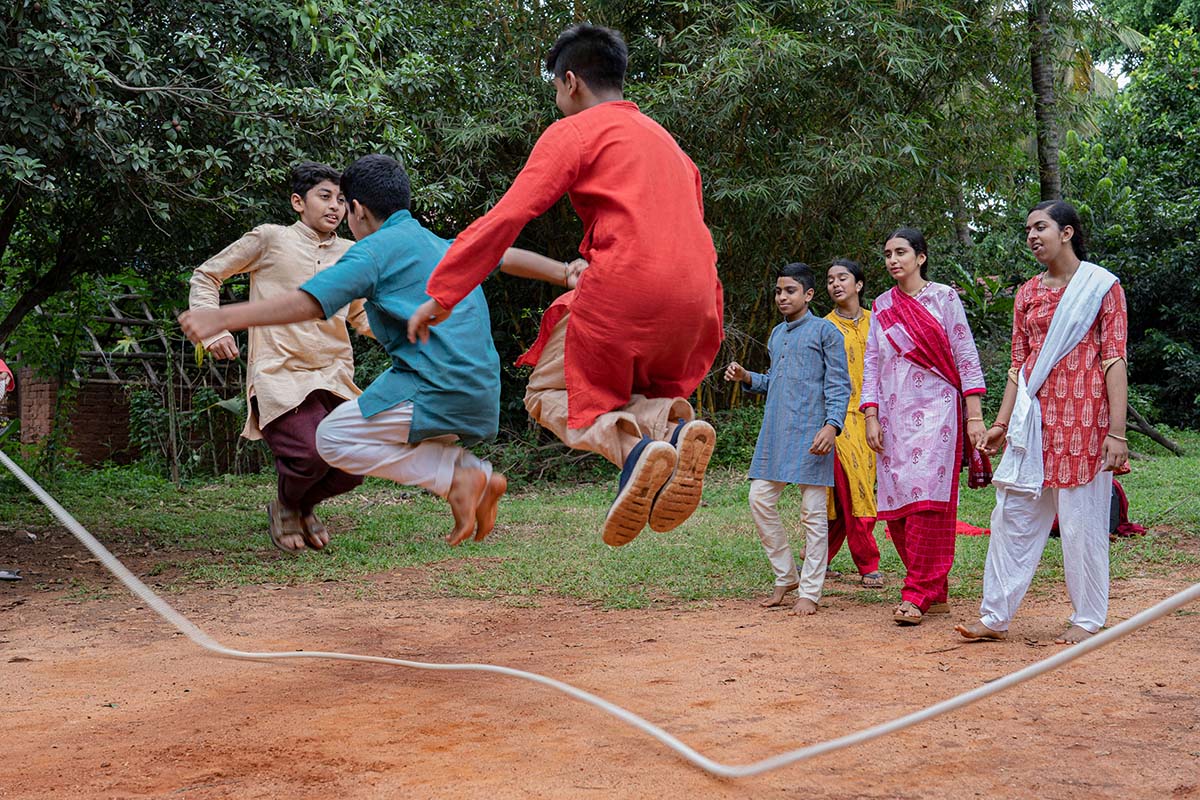
When a curriculum, pedagogy, school and home come together to address all three aspects of इच्छा शक्ति (feeling), क्रिया शक्ति (willing) and ज्ञान शक्ति (thinking), also sometimes referred to heart, hand and head, it is called holistic education. Holistic education is needed for us to achieve panchkoshatmika vikas of the child. Link: For more on panchkoshas, please visit vision, panchkoshas section. And for curriculum “Link: curriculum”.
The Industrial revolution has led to factory centered production. Since we have moved away from artisans model to worker model, the sense of beauty (सौंदर्य दृष्टि) has taken a hit. Bharata bhoomi by nature was a feelings & relationship centered country. Hence it was very rich in relationships, kalas, beauty, aesthetics etc. It doesn’t mean it was not rich intellectually or in craftsmanship. It was exceptionally good in all three, but yet when it came to prioritizing between the three, heart/feelings/relations were always given priority.
With more individualistic, mechanized, gadget intensive living, life is increasingly becoming head centered and hence more measured, circumspect, doubting.
It’s the role of education and parenting to bring to children this balance and thus also an eye for detail and a sense of beauty. Not only visual beauty but also beauty in system designs, social designs, spatial design, architectural design, in speaking, in singing and in doing.
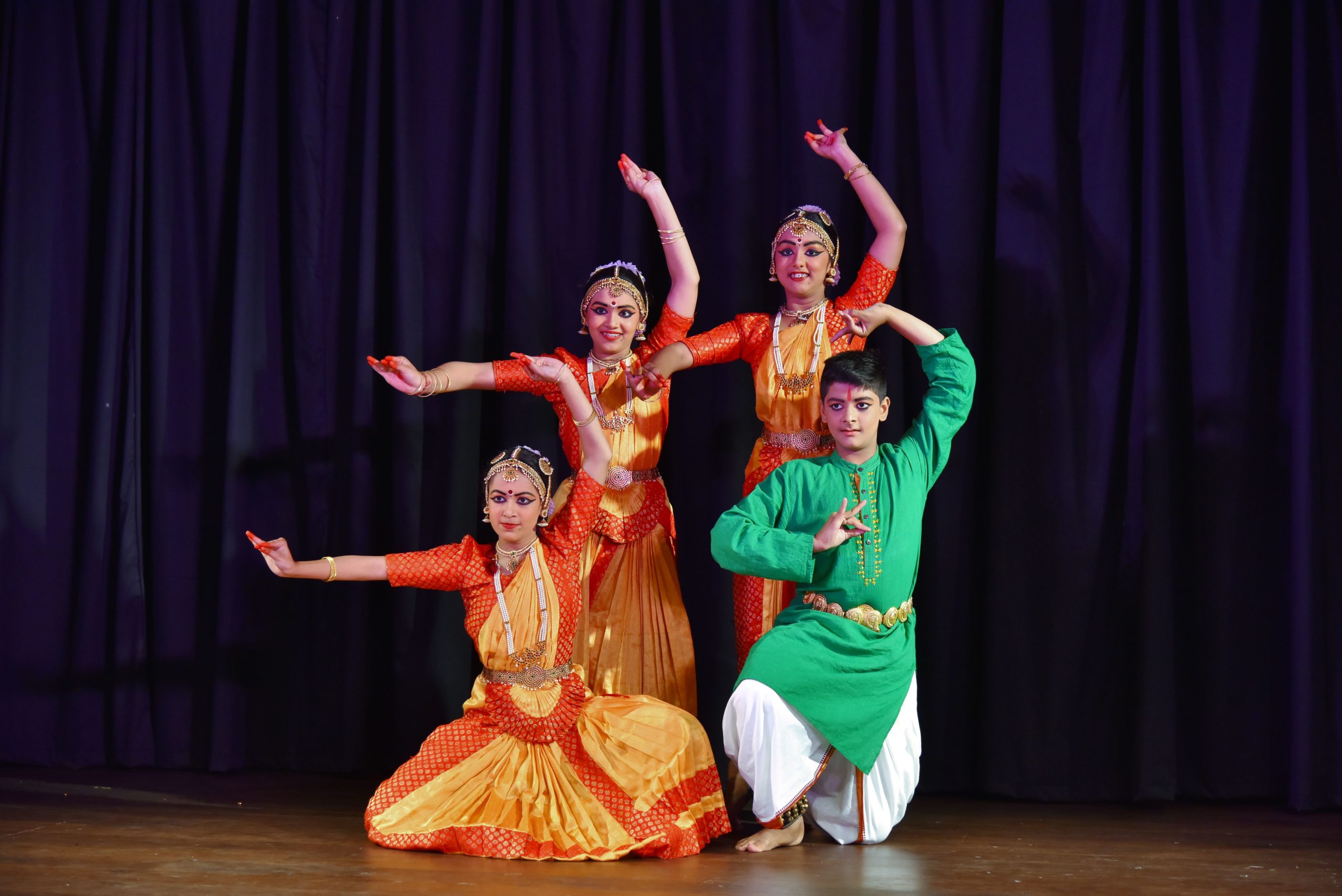
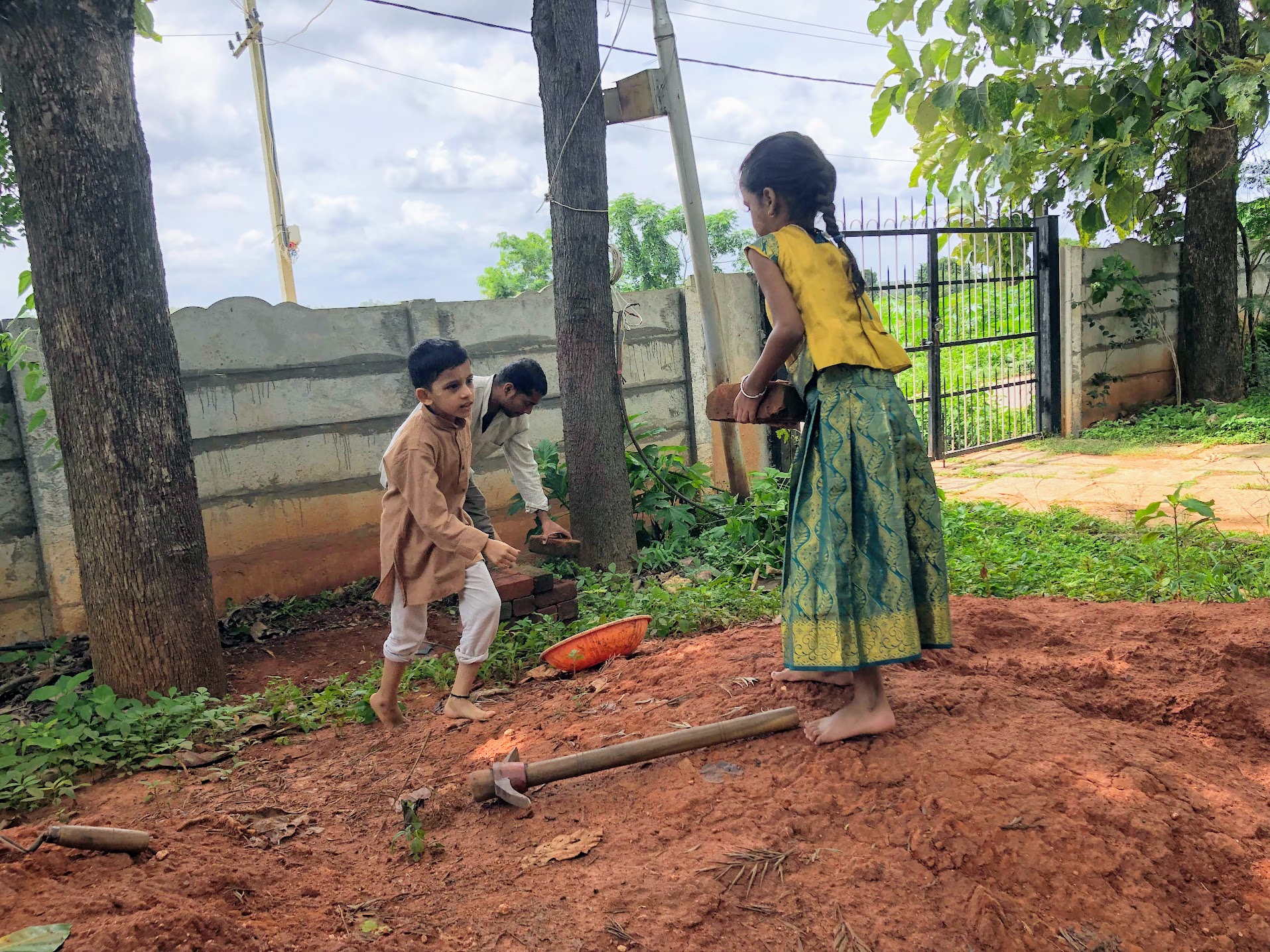
Whatever we do in our life has 2 dimensions. A transactional dimension and a consciousness dimension. Also known as matter and spirit. For example, today we see despite having a huge number of clothes in one’s closet, if one goes to a showroom he/she ends up buying one more, just because they liked it. In this example the transactional aspect of clothing was there but the conscious dimension of environment, effort and need was ignored. Similarly one can consider an example of the number of houses one has today. One family needs one house to live. Property and real estate has become one of the most lucrative businesses today with some people owning tens and hundreds of houses/flats in their name. Again the transactional dimension of having a house is there, but the consciousness about the environment, the hills/mountains from which the stone and cement, the mine from which the iron and the river from which the sand came are completely ignored. What about the effort spent by the construction people and electricity used by machines to make such huge gigantic properties.
This aspect of consciously transacting with people, things and work around us is what we try to bring to our students at VidyaKshetra.
At VidyaKshetra, we have a mixed-model when it comes to age appropriate learning. Some activities like krishi and shramdaan are done together by the whole school. Some activities such as kalari, yoga asanas, house building and Bhagavad Gita parayana, students are divided into 2 groups of 10+ years and below 10 years. For subjects like sangeetha, bharatanatyam, painting, sports etc 2 age groups are together and for academic subjects like math, geometry, sciences, itihaasa, geography and languages, children are taught as per their age.
If the child is doing very well in some academic subject we don’t promote the child to the next level in that subject earlier than his age. There are many alternatives that we use with such children-
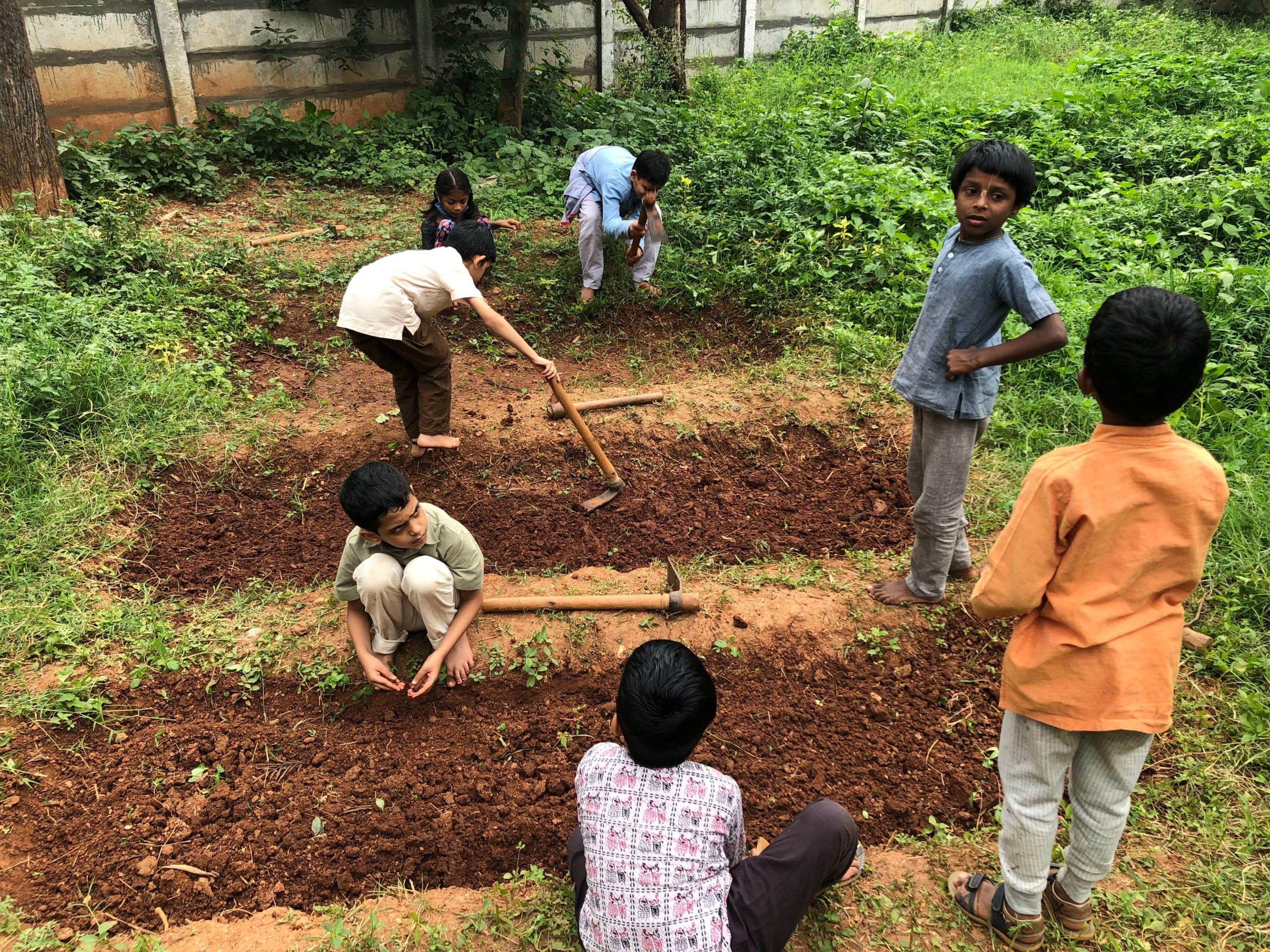
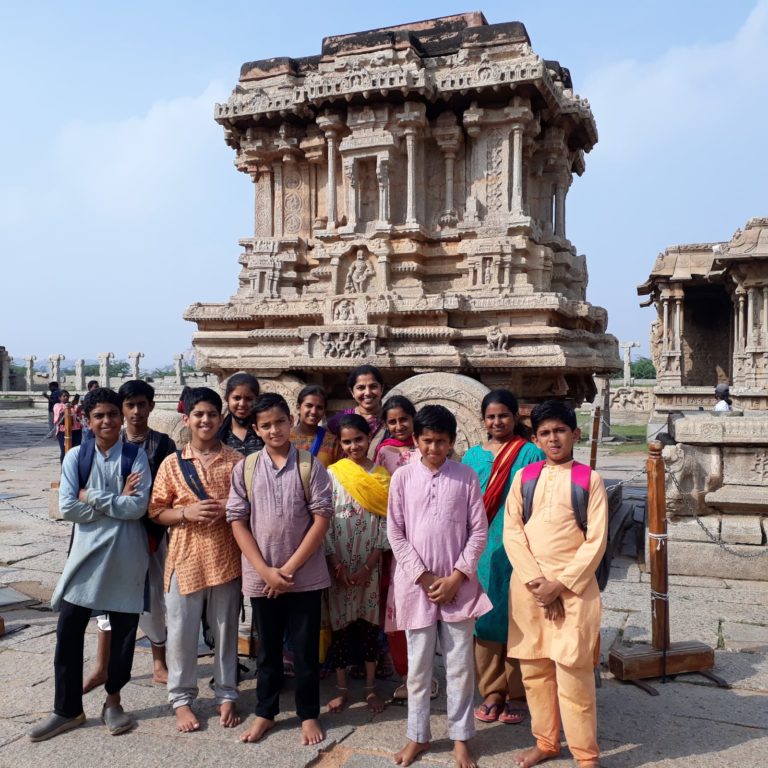
Learning happens for life, happens everywhere and happens every moment. Hence we lay a lot of importance to the experiences that the child is exposed to during the education journey at VidyaKshetra. Our holistic curriculum and pedagogy is tailored to address the needs of the heart, hands and head. Subjects like geography and itihaasa have a lot of components of visits, meeting local people and samvaada. Experience of agriculture, weaving, painting, house building, stitching, knitting, theater, kalas etc bring great learning experiences to students. Academic learning: children are exposed to over 250 experiments, experiences and visits in physics, chemistry and biology. Math & Geometry is not dry and procedural- students are encouraged to conceptually learn and derive most of the formulas before using them. Rote learning helps expand a child’s mental capabilities. For this purpose, we use traditional subjects like Sanskrit Shlokas: Amarakosha, Ramayana; Vyakarana such as Shabda, dhatu etc; Bhagavad Gita parayana; Math tables etc, from early childhood.
Just try to learn the truth by approaching a spiritual master. Inquire from him submissively and render service unto him. The self-realized souls can impart knowledge unto you because they have seen the truth. (Bhagavad Gita chapter 4, verse 34.)
Learning is lifelong, every movement, every place provides us with an opportunity to learn. At the same time it’s very important to learn and apply in a manner that we are able to build a legacy over and beyond what we have learnt. This concept was called “एक का सवा”. Which means whatever knowledge we have received in our life, we need to pass 125% of that onto our next generation. This is how family traditions were passed on by parents from one generation to another and this is how knowledge traditions were passed on by acharyas from one generation to another.
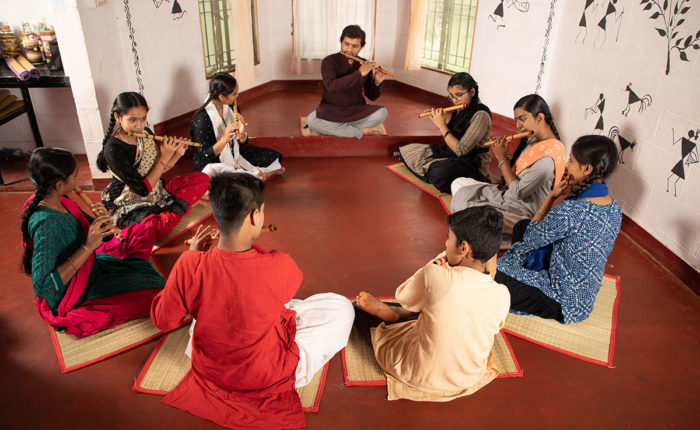
At VidyaKshetra our pedagogical method brings this learning from the teacher’s life to the student. Where teachers’ wisdom, life experiences and knowledge is shared with the student during their learning journey. Sometimes teachers act like a gardener protecting, pruning, caring for the plant and on other days like a potter who very carefully gives shape to a pot by placing one hand inside and hits the pot on the outside, and then puts the pot in the fire to make the pot strong. We have students learning many subjects like classical music – vocal and instrumental, dance, sanskrit, yoga, kalaripayattu in parampara system. We also engage with parents to take up their family cultural, traditional practices so as to continue the parampara from the Rishis. Mother tongue, local languages, festivals, clothes, cooking, prayers, folk songs, stories etc are some such examples.
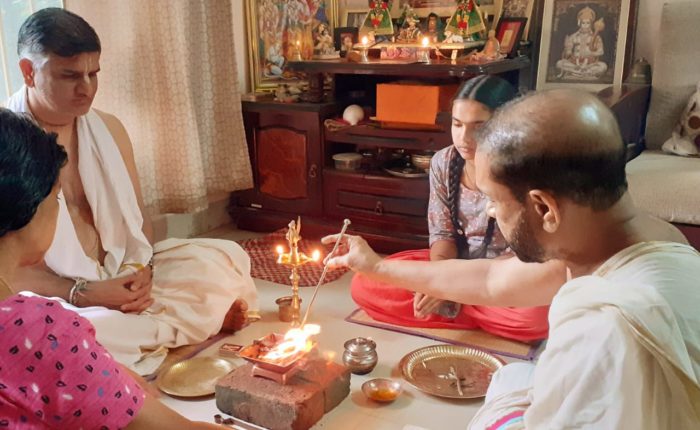
The most fundamental principle on which samaj vyvastha of Bharat is built is that family is the smallest unit and not the individual. And from this principle is drawn other very important points of grihasta ashrama (leading a happy married life), giving birth to nice progeny, samskaras, taking care of family, food, health, work, home economics, satisfaction, happiness etc.
Kutumbh Siksha forms a very important part of our curriculum for both students and their families. We conduct weekly classes for parents on these principles and also regular sessions are organized with visiting mentors, online videos and articles are shared on these topics. Getting our child admitted in VidyaKshetra is not an outsourcing act. It requires a good amount of involvement from parents to understand these principles and to bring these changes in their way of life.